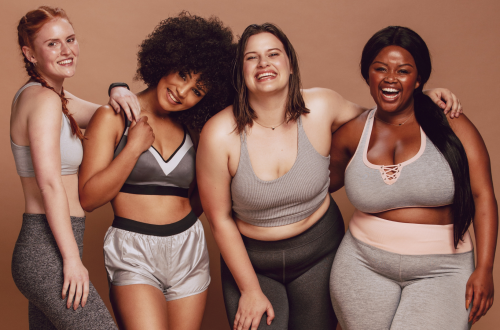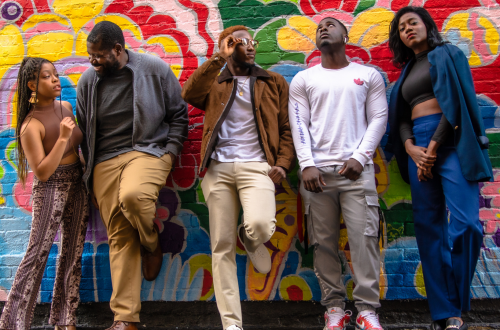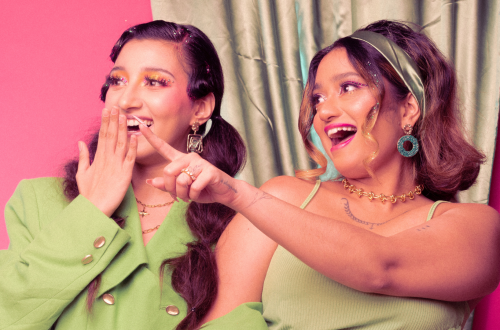
Future Business Attire: Embracing Innovation and Comfort in Professional Dress
As workplaces evolve, so too does the concept of business attire. Future business attire will increasingly prioritize comfort and personal expression while maintaining a polished appearance that supports professionalism. This shift reflects a growing recognition that a strong first impression is essential in the business world, yet it does not have to come at the cost of individual identity or comfort.
Incorporating smart fabrics, versatile designs, and casual elements, future business clothing will embrace practicality alongside style. This evolution caters to the changing needs of employees who seek a balance between traditional professionalism and modern flexibility.
By understanding these emerging trends, professionals can prepare for a workplace landscape where attire communicates confidence and individuality, ultimately influencing perception and success in their careers.
Evolution of Business Attire
The transformation of business attire reflects changing social norms, professional requirements, and the impact of technology. This section explores historical perspectives, the influence of remote work, and the shifting trends among younger generations, illustrating how attire adapts to societal shifts.
Historical Perspectives
Business attire has undergone significant changes over the decades. Traditionally, formal clothing characterized the workplace, with men in suits and ties and women in dresses or tailored suits.
By the 1970s and 1980s, the introduction of “business casual” began to shift dress codes. Polo shirts, khakis, and blouses became acceptable, promoting comfort while maintaining professionalism.
In the 2000s, creative industries further relaxed standards, often prioritizing personal expression. Today, many organizations embrace a hybrid approach combining traditional and casual attire, catering to both comfort and professionalism.
Influence of Remote Work
The rise of remote work has fundamentally altered business attire norms. As employees work from home, traditional dress codes have relaxed significantly. Comfort has become a priority, leading many to favor casual or athleisure outfits for meetings conducted via video calls.
Surveys reveal a notable shift: professionals favor comfort over formality, with many reporting they wear business casual or even pajamas during work hours.
This trend has prompted companies to reconsider their dress codes, focusing less on formal standards and more on outcomes and productivity. The flexibility of remote work encourages increased individuality in personal style.
Shifting Trends Among Younger Generations
Younger generations entering the workforce prioritize personal expression and authenticity in their business wardrobe. They often reject rigid dress codes in favor of a more relaxed atmosphere that reflects their values.
This age group values sustainability and ethical fashion, influencing their choices towards brands that align with their beliefs.
As a result, many organizations are adapting their policies, allowing greater freedom in dress while fostering a culture of inclusivity. This evolution reflects a broader societal shift where the emphasis is placed on creativity and personal identity in professional settings.
Components of Contemporary Business Wardrobe
Contemporary business wardrobes combine traditional elements with modern sensibilities, adapting to various work environments. Essential components include professional attire for formal settings, options for casual workplaces, and accessories that enhance overall appearance.
Essential Business Attire for Professional Settings
In professional environments, the emphasis is on a polished and formal appearance. Key pieces include tailored suits, dress shirts, and blouses made from high-quality fabrics.
Men typically opt for dark suits paired with button-up shirts and neckties. Women may choose between pantsuits or skirt suits, complementing them with appropriate blouses. Fabrics like wool and cotton are preferred for their durability and professional look.
Footwear plays a crucial role. Men often wear leather dress shoes, while women may select closed-toe pumps. Additionally, dress codes may dictate specific colors or styles, reinforcing the importance of adhering to corporate standards.
Apparel for Casual and Hybrid Environments
Casual and hybrid work settings offer more flexibility in wardrobe choices. Here, comfort meets professionalism. Key items include smart-casual blouses, polos, and chinos.
For men, options such as khaki pants and dress sneakers are suitable. Women can pair tailored trousers or dresses with stylish yet comfortable footwear. Fabrics like cotton and linen help maintain a relaxed yet polished look.
Layers can enhance outfits, allowing employees to adapt to varying office temperatures. A blazer or a light sweater can elevate a casual ensemble, reinforcing professionalism without compromising comfort.
Accessories and Personal Items
Accessories enhance business attire by adding personal style and functionality. Essential items include watches, belts, and briefcases.
For men, a classic watch and an elegant leather belt are must-haves. Women may opt for delicate jewelry, like stud earrings or simple necklaces, to add subtle elegance.
Bags or briefcases should be practical and stylish, combining utility with professional aesthetics. Laptop bags in leather or canvas reinforce a polished image. Selecting the right accessories allows individuals to express personal style while maintaining professionalism.
Dress Code Policies and Implementation
Establishing and implementing dress code policies is crucial for any organization aiming to create a professional atmosphere. This section discusses how to establish effective dress codes and adapt them to fit the unique culture of an organization.
Establishing Effective Dress Codes
Creating a dress code that aligns with business professional standards requires careful consideration. Organizations should define specific attire that represents professionalism while allowing for individual expression.
Key elements include:
- Clarity: The policy should describe what is acceptable attire and what is not. Providing examples can eliminate confusion.
- Inclusivity: Policies should consider diverse backgrounds and promote inclusivity, helping all employees feel comfortable.
- Enforcement: Communicate how violations will be handled. Consistency in enforcement is essential to maintain fairness.
Regular reviews and updates of the dress code help the organization adapt to changing times and industry standards, ensuring it remains relevant.
Adapting Policies to Organizational Culture
Dress codes must reflect an organization’s culture to be effective. Analyzing the company’s values and goals can guide policy adaptations.
Consider these aspects:
- Company Image: If the organization emphasizes innovation, a more relaxed dress code may be appropriate, fostering creativity and self-expression.
- Professionalism: Conversely, roles that involve client interactions may require business professional attire to enhance first impressions.
- Feedback: Soliciting employee input on dress codes can create a sense of ownership and compliance.
By aligning dress code policies with the organizational culture, companies can enhance employee satisfaction while maintaining a professional image.



